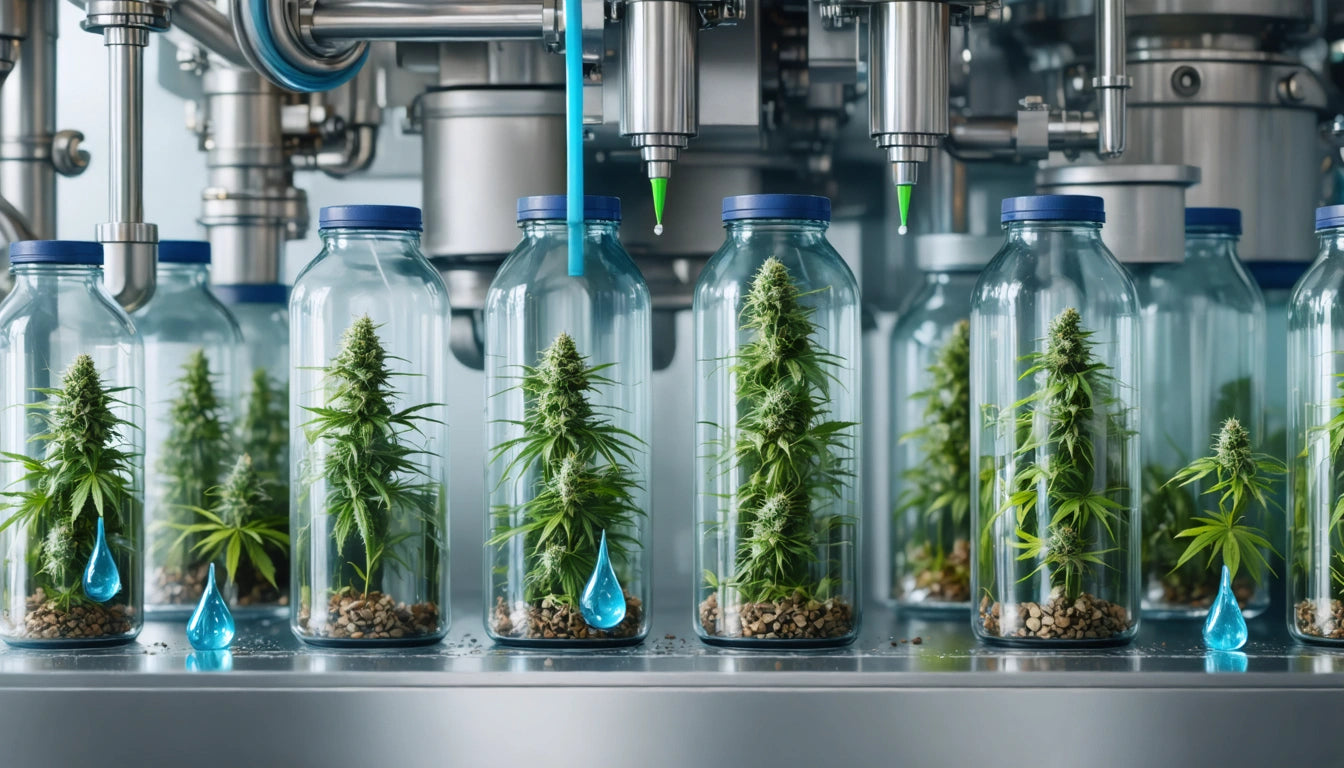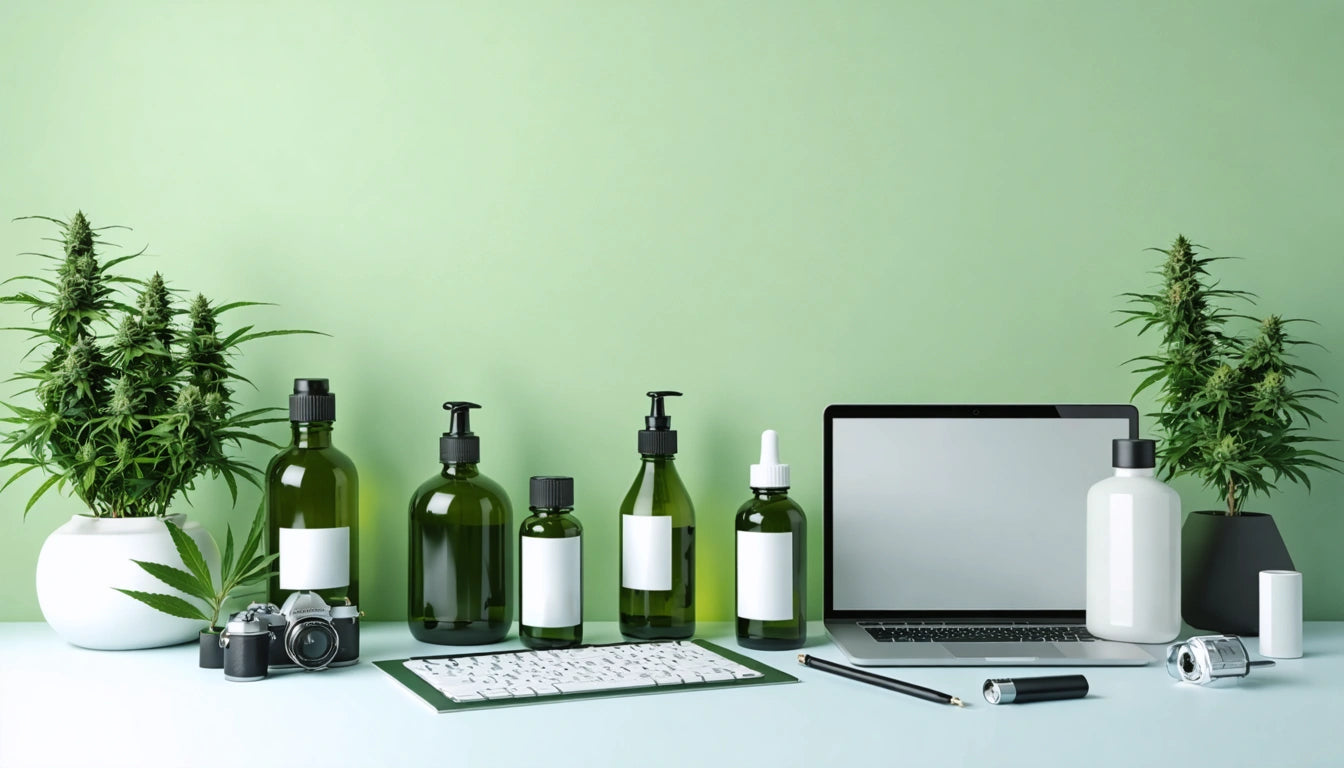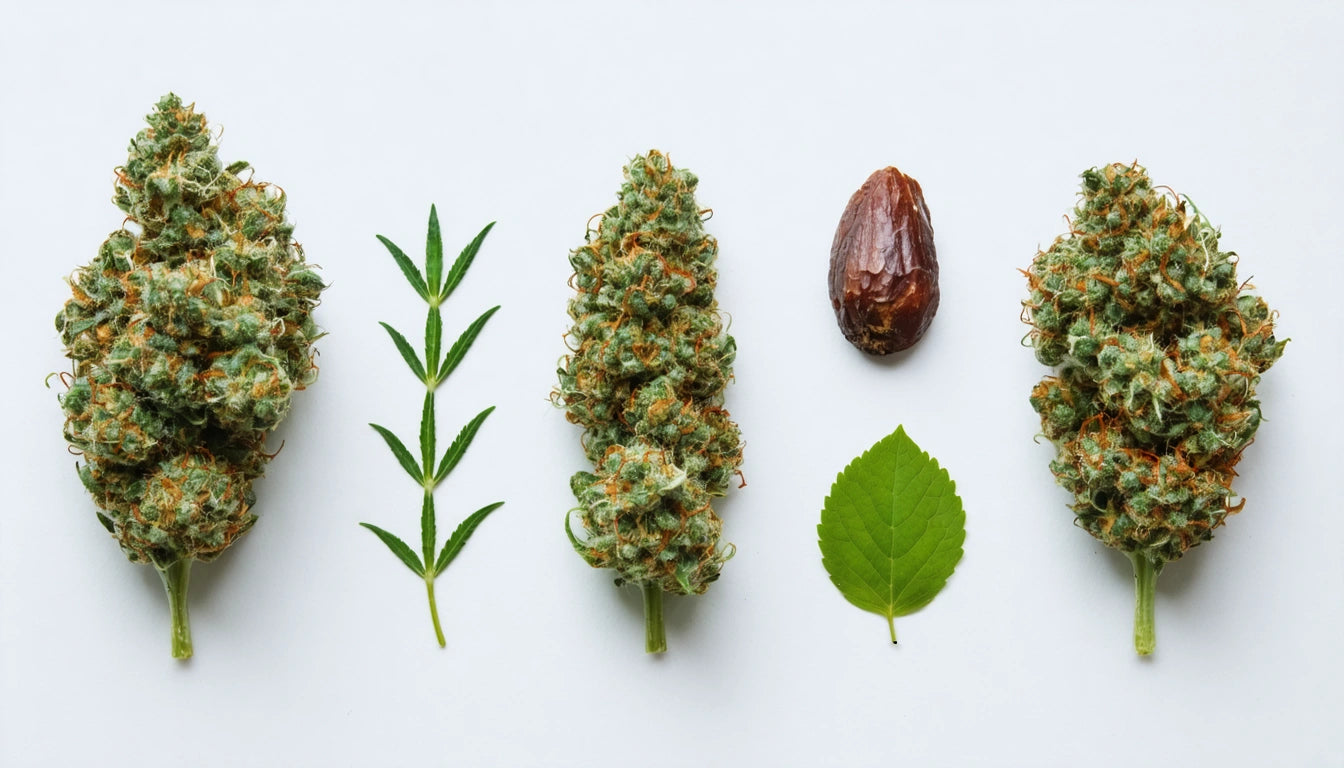Table of Contents
As cannabis manufacturers scale operations, the balance between automation speed and cost becomes increasingly critical. Child-resistant (CR) packaging presents unique challenges for automation due to specialized closure mechanisms and regulatory requirements. Understanding these trade-offs helps producers make informed decisions about equipment investments and operational efficiency.
Understanding CR Packaging Automation
Automation in child-resistant packaging refers to the mechanical systems that fill, seal, and label containers without manual intervention. These systems must accommodate the specific requirements of child-resistant packaging standards, which often include push-and-turn mechanisms, squeeze-and-pull designs, or other specialized closures.
The primary challenge lies in maintaining compliance while optimizing throughput. According to industry data, properly implemented automation can increase production capacity by 300-500% compared to manual operations, but requires significant capital investment and technical expertise.
Equipment Options and Investment Levels
Entry-Level Automation
Small to mid-sized producers often begin with semi-automated solutions:
- Semi-automatic filling machines ($15,000-$40,000)
- Tabletop capping systems ($8,000-$25,000)
- Basic conveyor systems ($5,000-$15,000)
These systems typically handle 20-40 units per minute and require some operator involvement, particularly when working with specialized child-resistant caps and jar lids that may require precise alignment during the sealing process.
Mid-Range Systems
Growing operations often upgrade to integrated systems:
- Rotary filling machines ($50,000-$150,000)
- Automatic capping equipment ($30,000-$80,000)
- Integrated labeling systems ($25,000-$60,000)
These systems handle 60-120 units per minute with minimal operator intervention, significantly reducing labor costs while maintaining compliance with state-specific CR requirements.
Throughput vs. Initial Investment
The relationship between throughput and investment follows a logarithmic curve rather than a linear progression. Doubling production speed typically requires more than double the investment, particularly at higher throughput levels.
For example:
- A system processing 30 units/minute might cost $50,000
- A system processing 60 units/minute might cost $120,000
- A system processing 120 units/minute might cost $300,000+
This non-linear relationship makes ROI calculations critical when determining the optimal level of automation for your specific operation. Manufacturers must consider not only current production needs but anticipated growth to avoid frequent equipment upgrades.
Container Design Impact on Automation Efficiency
The specific type of child-resistant mechanism significantly impacts automation efficiency. Some designs are inherently more automation-friendly than others:
Automation-Friendly CR Designs
- Push-down-and-turn caps (standard on many pharmaceutical containers)
- Screw-top designs with single-action locking mechanisms
- Symmetrical containers that don't require orientation
Automation-Challenging CR Designs
- Squeeze-and-pull mechanisms requiring precise pressure application
- Multi-step locking systems
- Asymmetrical containers requiring specific orientation
When selecting CR packaging, manufacturers should consider both compliance requirements and automation compatibility. Off-the-shelf versus custom-engineered solutions present different challenges for automation integration.
ROI Calculations for Automated CR Filling Systems
Calculating return on investment requires consideration of multiple factors:
Cost Factors
- Initial equipment investment
- Installation and validation costs
- Operator training
- Maintenance and parts
- Downtime for changeovers
- Energy consumption
Benefit Factors
- Labor reduction
- Increased throughput
- Improved consistency and quality
- Reduced product waste
- Lower compliance risk
Most cannabis manufacturers report ROI periods of 12-24 months for mid-range automation systems, with higher-end systems requiring 24-36 months to reach payback. However, these calculations vary significantly based on labor costs, production volume, and specific cost factors in child-resistant packaging.
Optimization Strategies for Maximum Efficiency
To maximize the efficiency of automated CR filling operations, manufacturers should consider these strategies:
1. Standardize Container Formats
Limiting the variety of container sizes and closure types reduces changeover time and simplifies automation requirements. Many producers standardize on 2-3 container formats to optimize efficiency.
2. Implement Predictive Maintenance
Regular maintenance prevents costly downtime. Modern systems often include sensors that predict potential failures before they occur, allowing for scheduled maintenance rather than emergency repairs.
3. Optimize Changeover Procedures
Quick-change components and standardized procedures can reduce changeover times from hours to minutes, significantly increasing effective throughput.
4. Consider Modular Systems
Modular automation allows for incremental scaling as production needs grow, potentially offering a more gradual investment path than complete system replacements.
When implementing these strategies, manufacturers should also consider avoiding common CR packaging mistakes that can lead to compliance issues or production inefficiencies.
By carefully balancing speed, cost, compliance, and operational factors, cannabis manufacturers can develop automated CR filling solutions that provide competitive advantages while maintaining regulatory compliance and consumer safety.











Leave a comment
All comments are moderated before being published.
This site is protected by hCaptcha and the hCaptcha Privacy Policy and Terms of Service apply.